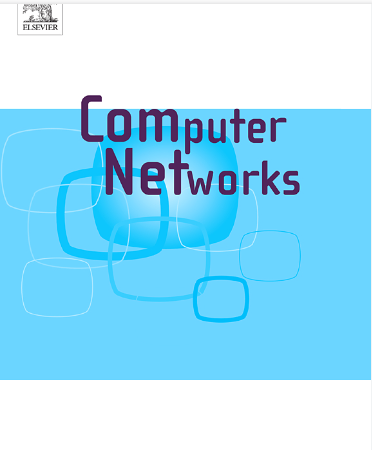Opportunistic routing for mobile edge computing: A community detected and task priority aware approach
IF 4.4
2区 计算机科学
Q1 COMPUTER SCIENCE, HARDWARE & ARCHITECTURE
引用次数: 0
Abstract
As the 5G era develops quickly, there has been a significant growth in the amount of network data. Concurrently, traditional routing algorithms are encountering growing challenges. Traditional routing algorithms typically rely on maintaining stable end-to-end paths to facilitate smooth data transmission. However, in wireless multi-hop networks, the mobility of nodes and the dynamic nature of network topology make maintaining stable end-to-end paths exceedingly difficult, if not impossible. Consequently, data transmission efficiency decreases while network overhead increases. To address these challenges, opportunistic routing has emerged. Opportunistic routing is self-organizing networks that rely on chance encounters between nodes to transmit messages, and the store-and-carry forwarding technique is used for data transmission between nodes. Typically, most traditional opportunistic routing algorithms divide nodes into communities. However, such approaches often overlook node characteristics, potentially leading to disparate nodes being assigned to separate communities despite positive correlations. Thus, accurately dividing communities remains a significant challenge. To address this, we propose the Efficient Community Detection Data Transmitting (ECDDT) algorithm. During community detection, ECDDT combines social attributes and network topology using mobile edge computing. Subsequently, to expedite task execution, we schedule these tasks in a reasonable manner. Through simulation experiments across four diverse real datasets, we evaluate the algorithm’s efficacy. Our findings demonstrate favorable performance in delivery rate and routing overhead.
求助全文
约1分钟内获得全文
求助全文
来源期刊

Computer Networks
工程技术-电信学
CiteScore
10.80
自引率
3.60%
发文量
434
审稿时长
8.6 months
期刊介绍:
Computer Networks is an international, archival journal providing a publication vehicle for complete coverage of all topics of interest to those involved in the computer communications networking area. The audience includes researchers, managers and operators of networks as well as designers and implementors. The Editorial Board will consider any material for publication that is of interest to those groups.
 求助内容:
求助内容: 应助结果提醒方式:
应助结果提醒方式:


